Search Articles
Browse Content
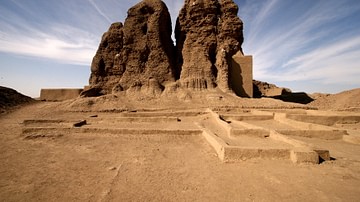
Article
Interrelations of Kerma and Pharaonic Egypt
The vacillating nature of Ancient Egypt's associations with the Kingdom of Kerma may be described as one of expansion and contraction; a virtual tug-of-war between rival cultures. Structural changes in Egypt's administration led to alternating...
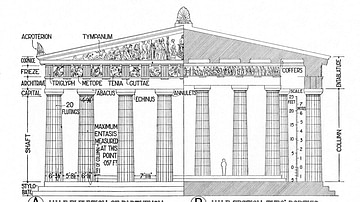
Article
A Visual Glossary of Classical Architecture
Abacus - a large slab placed above the column capital to support the architrave or an arch placed above it. Akroterion - a decorative piece added to the roof of a temple at the apex and corners, usually made of clay or bronze and often...
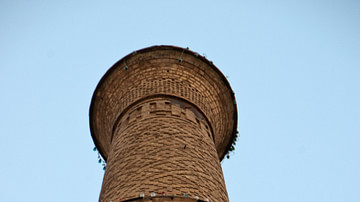
Article
The Style & Regional Differences of Seljuk Minarets in Persia
Under the Seljuk rule, Persia gained a period of economic and cultural prosperity. The innovative techniques of the Seljuk period and style in architecture and the arts had a strong influence on later artistic developments. Seljuk art is...
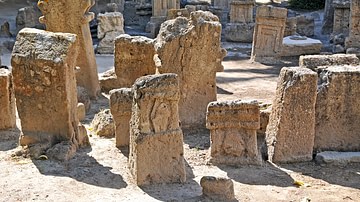
Article
Genocide in the Ancient World
Genocide is often viewed as a particular feature of our own current age. This perception largely stems from the terrible events which took place during World War Two in the 20th century CE in the parts of Europe occupied by the Nazis. However...
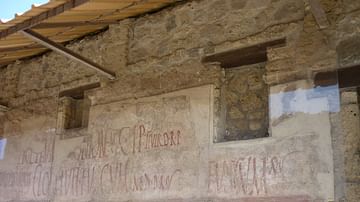
Article
Pompeii: Graffiti, Signs & Electoral Notices
WARNING: This article contains sexually explicit language that might not be appropriate for children or teenagers. The Roman town of Pompeii was preserved in metres of volcanic material following the cataclysmic eruption of Mt. Vesuvius...
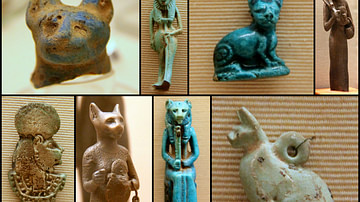
Article
Cats in the Ancient World
Cats and humans have shared in each other's lives for thousands of years and, even though they have not always been regarded as highly as in the present, have played an important role in a number of cultures. Always enigmatic, the cat has...
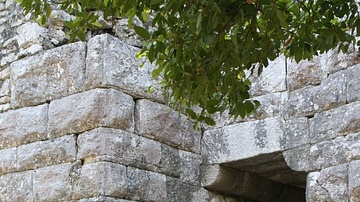
Article
Prodigies: Earthquake Perception from Julius to L'Aquila
The beauty of being an archaeologist is having the good fortune to find something on an archaeological dig that remains in a relatively good state of preservation. In various degrees, there are those who study how nature can actually help...
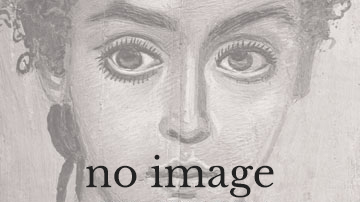
Article
A Source Critical Analysis of the New Testament Parable of the Mustard Seed.
This article is a source-critical Analysis of Mark 4:30-32, Luke 13:18-19, Matt. 13:31b-32 and G.Thom. 20:1-2, otherwise know as the parable of the Mustard Seed. On first comparison we see that all three synoptic texts agree on the essence...
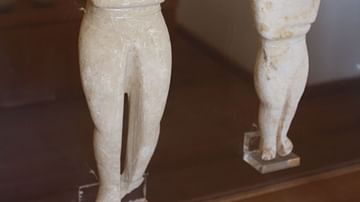
Article
Cycladic Sculpture
The Cycladic islands of the Aegean were first inhabited by voyagers from Asia Minor around 3000 BCE and a certain prosperity was achieved thanks to the wealth of natural resources on the islands such as gold, silver, copper, obsidian and...
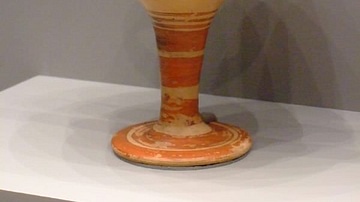
Article
Mycenaean Pottery
The pottery of the Mycenaean civilization (1550-1050 BCE), although heavily influenced by the earlier Minoans based on Crete, nevertheless, added new pottery shapes to the existing range and achieved its own distinctive decorative style which...